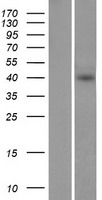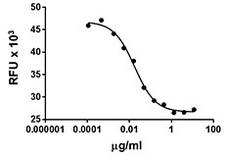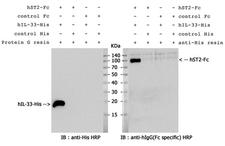order histories, retained contact details for faster checkout, review submissions, and special promotions.
Forgot password?
order histories, retained contact details for faster checkout, review submissions, and special promotions.
Location
Corporate Headquarters
Vector Laboratories, Inc.
6737 Mowry Ave
Newark, CA 94560
United States
Telephone Numbers
Customer Service: (800) 227-6666 / (650) 697-3600
Contact Us
Additional Contact Details
order histories, retained contact details for faster checkout, review submissions, and special promotions.
Forgot password?
order histories, retained contact details for faster checkout, review submissions, and special promotions.
IL1RL1
interleukin 1 receptor-like 1
IL1RL1 is a member of the interleukin 1 receptor family. Studies of the similar gene in mouse suggested that this receptor can be induced by proinflammatory stimuli, and may be involved in the function of helper T cells. This gene, interleukin 1 receptor, type I (IL1R1), interleukin 1 receptor, type II (IL1R2) and interleukin 1 receptor-like 2 (IL1RL2) form a cytokine receptor gene cluster in a region mapped to chromosome 2q12. Alternative splicing of this gene results in multiple transcript variants.
| Gene Name: | interleukin 1 receptor-like 1 |
| Synonyms: | IL1RL1, DER4, Growth stimulation-expressed, IL33R, Interleukin-1 receptor-like 1, Interleukin 1 receptor-like 1, ST2, ST2L, ST2V, FIT-1, Protein ST2, ST2 protein, IL-1R4, IL1R4 |
| Target Sequences: | NM_016232 NP_057316.3 Q01638 |




If you do not find the reagent or information you require, please contact Customer.Support@LSBio.com to inquire about additional products in development.









